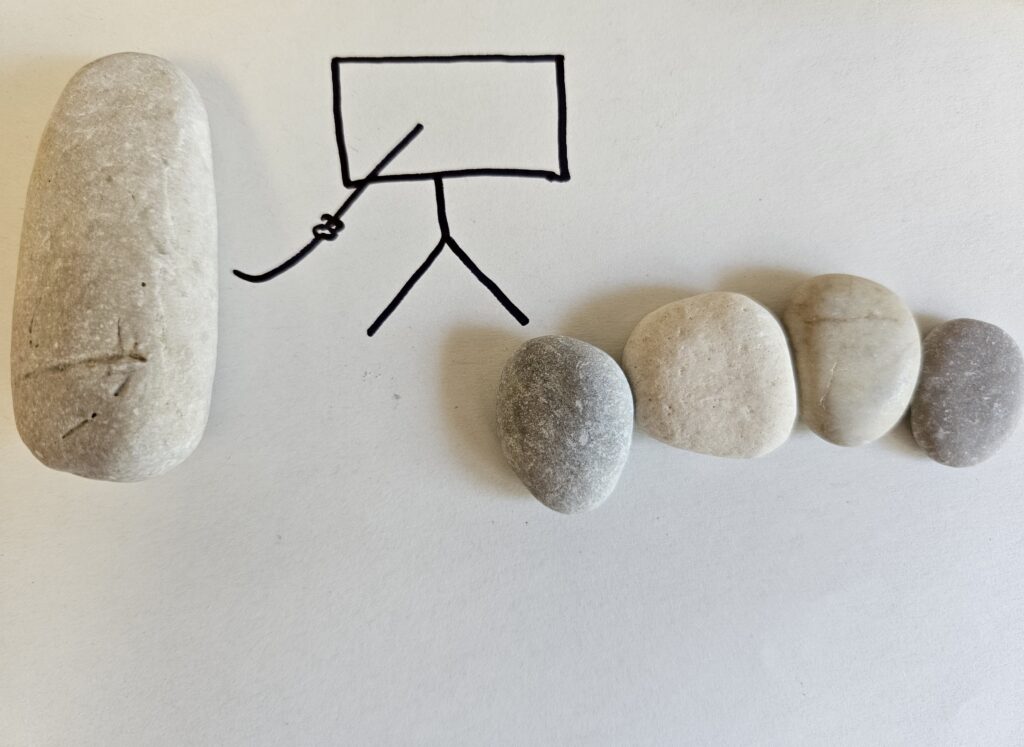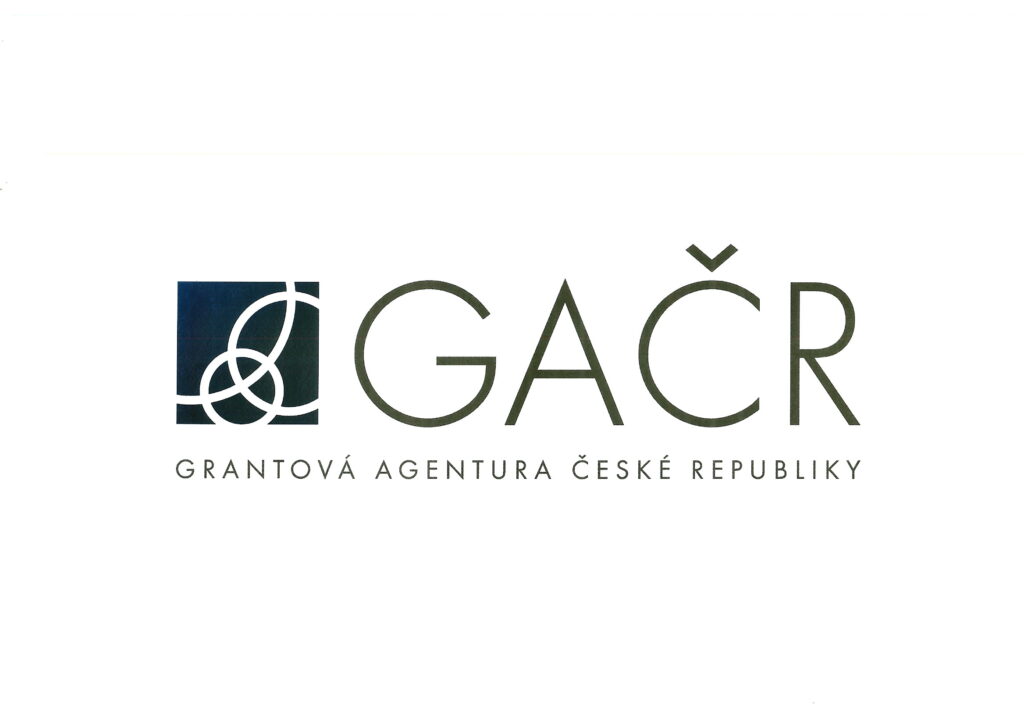Financing: GA ČR: GA18-09443S
Timeline: 2018 – 2021
Teachers’ perspectives on peer exclusion
Abstract
The aim of the project was to describe and explain teachers’ perspectives on peer exclusion that meet the criteria of bullying. Specifically, we looked at how teachers define, evaluate, and respond to peer exclusion that meets criteria for bullying.
Project links

Financing:


Data
The project included an online survey of 740 teachers from of adolescents. The teachers were retrieved from all over the Czech Republic. Moreover, we interviewed 19 experienced teachers to map their perspective on bullying by peer exclusion.


Selected project publications
- Kollerová, L., & Killen, M. (2021). An experimental study of teachers’ evaluations regarding peer exclusion in the classroom. British Journal of Educational Psychology, 91(1), 463-481. https://doi.org/10.1111/bjep.12373
- Kollerová, L., Soukup, P., Strohmeier, D., & Caravita, S. C. (2021). Teachers’ active responses to bullying: Does the school collegial climate make a difference?. European Journal of Developmental Psychology, 18(6), 912-927. https://doi.org/10.1080/17405629.2020.1865145
- Mazzone, A., Kollerová, L., & O’Higgins Norman, J. (2021). Teachers’ attitudes toward bullying: What do we know, and where do we go from here? In P. K. Smith & J. O. Norman (Eds.), The Wiley Blackwell handbook of bullying: A comprehensive and international review of research and intervention, Vol. 1. (pp. 139–157). Wiley Blackwell.
- Janošová, P., Chrz, V., Kollerová, L., & Blažková, M. (2020). Vyčleňování ve školní třídě: pohled učitelů. Československá psychologie, 64, 5, 506-520.